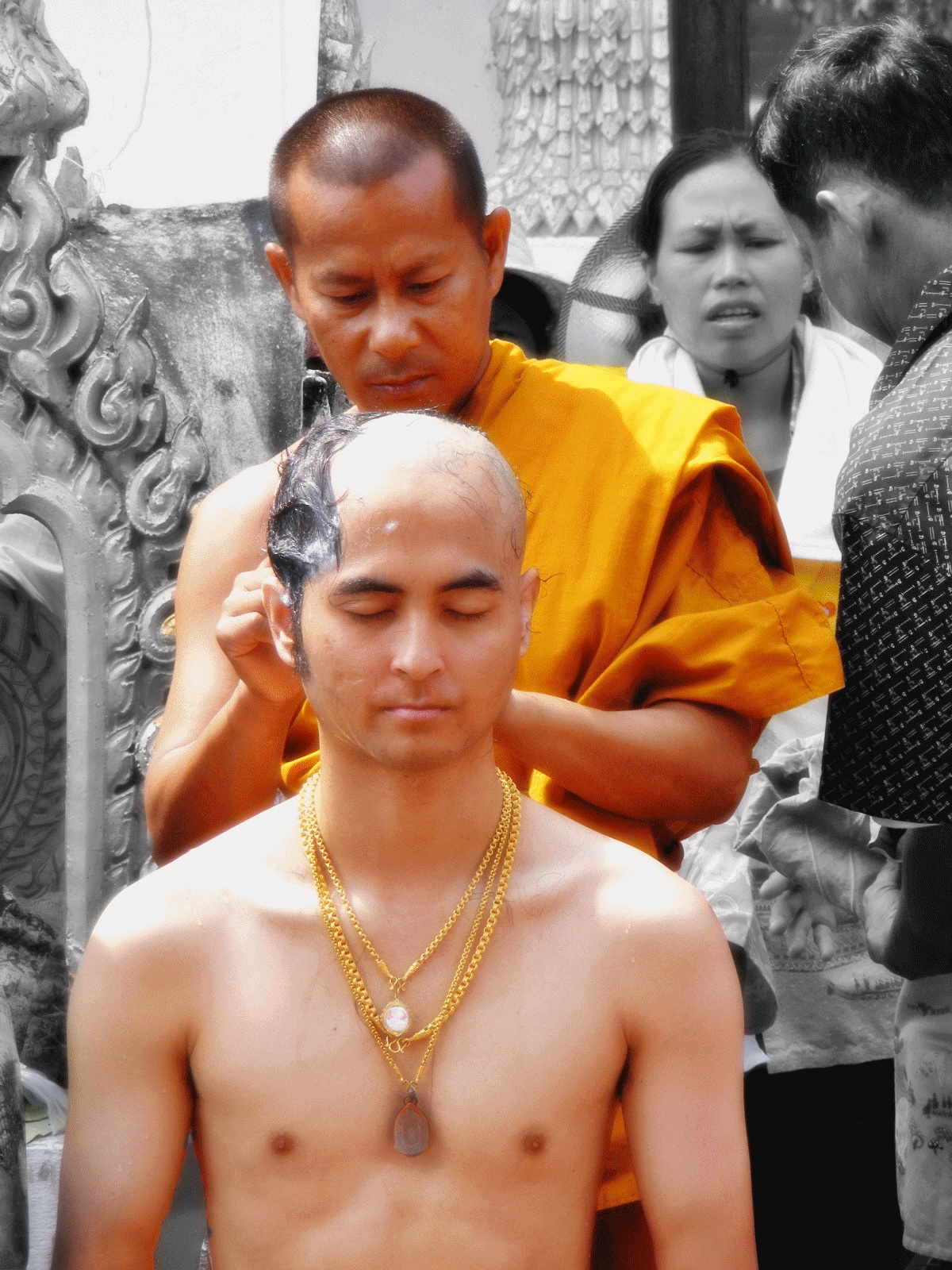Forced Entry
Total Institutions can be categorized into many categories that can be organized into two main groups, forced entry and voluntary membership. Forced entries are what most people would think about when it comes to Total Institutions. The first category of forced entry Total Institutions can be defined by the fact that their members are there because they are seen as a threat to society by their willful actions. Prisons are there to house those who did an evil deed for the safety of society. The justice system takes criminals under it's wing to care for them in a strict manner and hopes to revamp them to become productive members of society. People don't have to do heinous deeds to be forced into a total institution though. The second category is defined by the fact that all the participants are seen as a threat to society but not of their own free will. The most famous example would be mental hospitals. Members of these places act in unpredictable manners that can pose harm to society. Thus, they are put away and cared for by trained professionals who organize everything in their lives. The last subcategory would be for those who are incapable of caring for themselves but aren't a threat to society. Places like orphanages, poor houses and nursing homes were created for the goal of caring for those who can't care for themselves. Whether they are young or old, they are placed in these institutions not based on their choice but for their safety and care. In these locations, trained leaders can look over them to ensure they receive food, shelter, water along with some luxuries to improve their lives. Usually when a person is forced into a Total Institution, they aren't pleased about it but society needs to have these places in order to function and better serve the people (Goffman).
Voluntarily Joining

The second group of Total Institutions are those whose members voluntarily join these types of communities. The first category would be those who joined their institution for religious purposes. Monasteries and abbeys are the most common examples of this type of institution. Even in present times, monks and nuns are very rarely seen outside their communities, are on strict times of when to pray and are even guided on when and how they can talk to others. However, there are also voluntary Total Institutions that are based on some sort of secular reason whether that be for self-improvement, work or national interest. The U.S. Military boot camps can be considered Total Institutions because there is always a guiding hand on every activity the members participate in and they are generally shut off from society for awhile. The whole point of boot camp is to reform the recruits to better fit their society through strict time tables, punishment and discipline. Although it's rough, these men and women decide to join out of their own free will (Socl120). While this a perfect example of a voluntary institution that exists for secular reasons, some less extreme examples exist such as boarding schools and Oil Rigs. In these places, the participants are on a time schedule of some sort that dictates most of their activities. There are also clear leaders who get to choose how resources are spent for their small communities that are mostly shut off from the rest of the world in some form or another. There exists many examples of Total Institutions in our world that have a broad range of purposes and characteristics, but they all follow the same idea of strict regimes (Goffman).